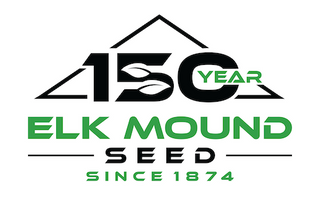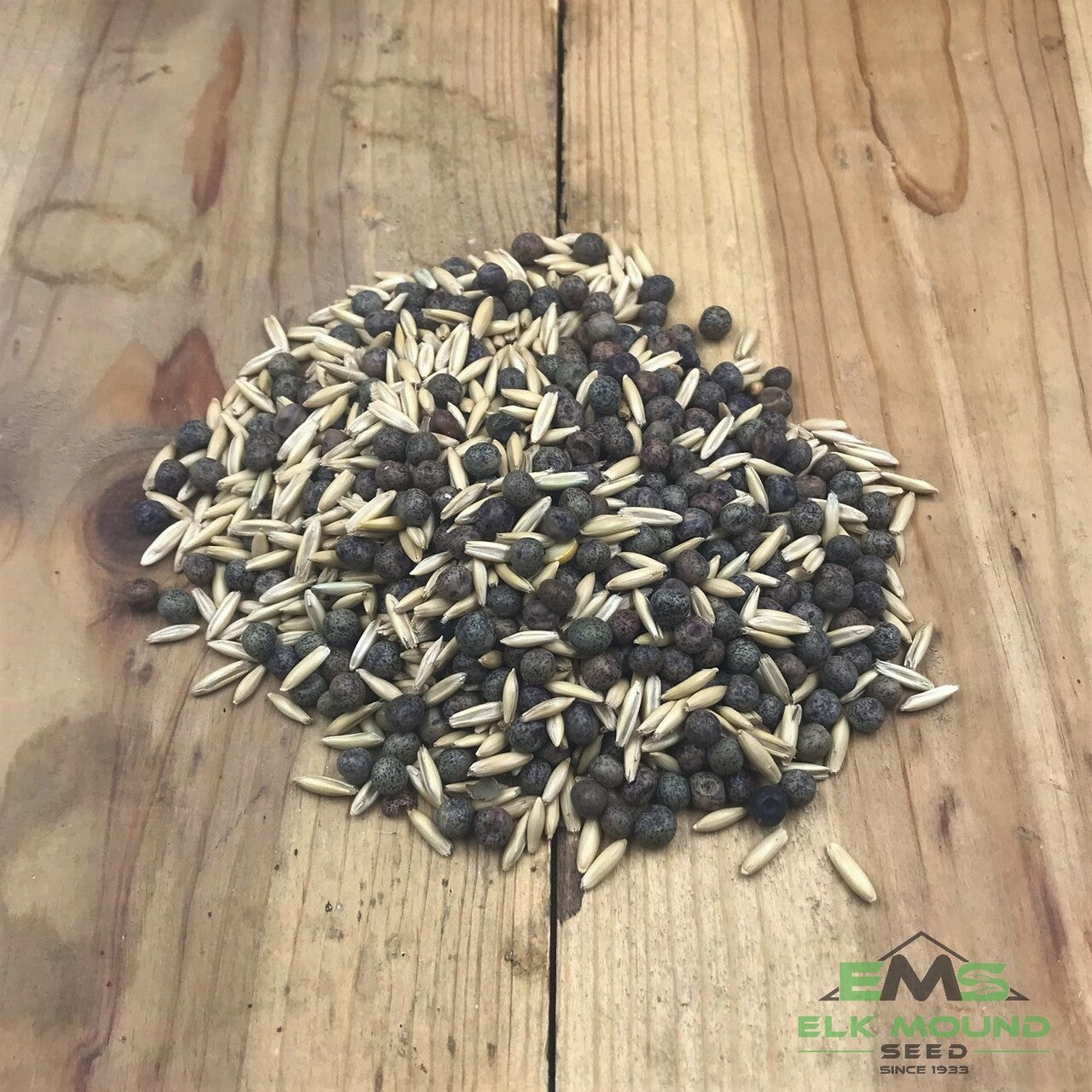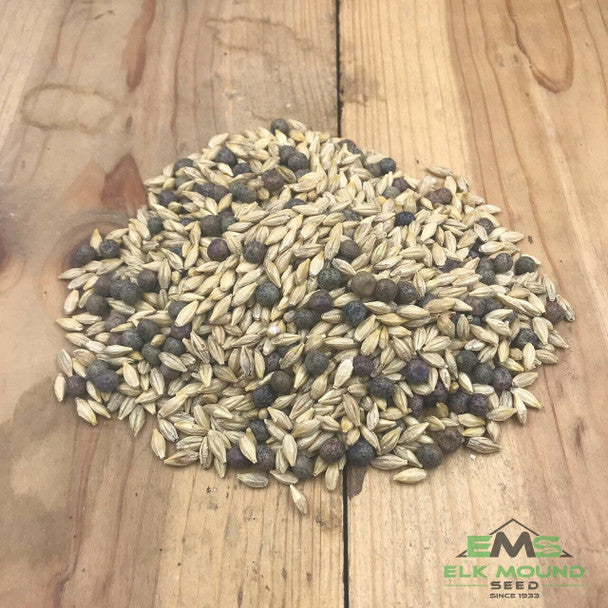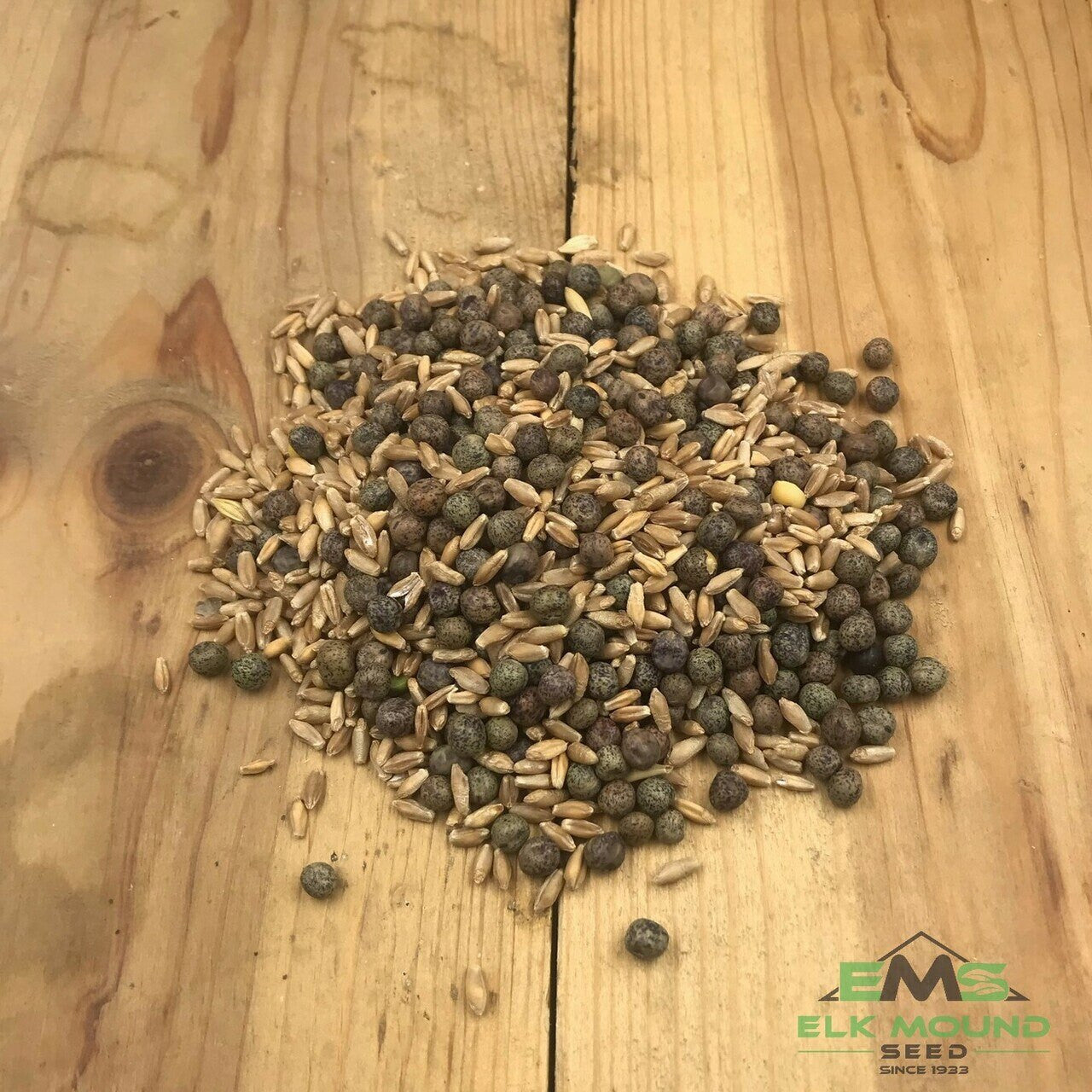As we near the planting season, farmers are getting outside and assessing their alfalfa fields. Below are some tips when looking out in your alfalfa field to determine any winterkill.
What to Look for with Alfalfa Winterkill
Frozen and dried-up crown tissue are signs of alfalfa winterkill, and the crown and upper root become even more susceptible to cold. Furthermore, the tissue is more likely to be damaged because the crown becomes exposed to low temperatures when elevated above the protection of the soil.
Alfalfa will often pop out of the ground when pulled, with little effort, because the tap root has already been completely severed by the action of the ice pushing up on the crown, often occurring at 2 to 10 inches below the soil line.
Steps to follow when determining winter kill:
- Know where to look
- Field with inadequate drainage
- Low fertility fields
- Ice - when ice surrounds the roots it cuts off oxygen to the plant
- Check Your Fields
- Dig up alfalfa roots
- Identify plant health
- Monitoring stand counts
- Determine if re-establishment is needed
- Have a plan
- Determine long term and short term options
Below are some examples of what alfalfa winterkill looks like:

UW-Extension Office Article on Alfalfa Stand Assessment
What Farmers Should Consider if They are Suffering Alfalfa Winterkill
Thankfully, farmers have an alternative that will allow them to come back from the upset of alfalfa winterkill. Alfalfa winterkill is not the end of your season. An emergency can help cover your forage loss. Check out at our pea blends (peas/oats, peas/barley or pea/triticale) for a quick, emergency forage.








